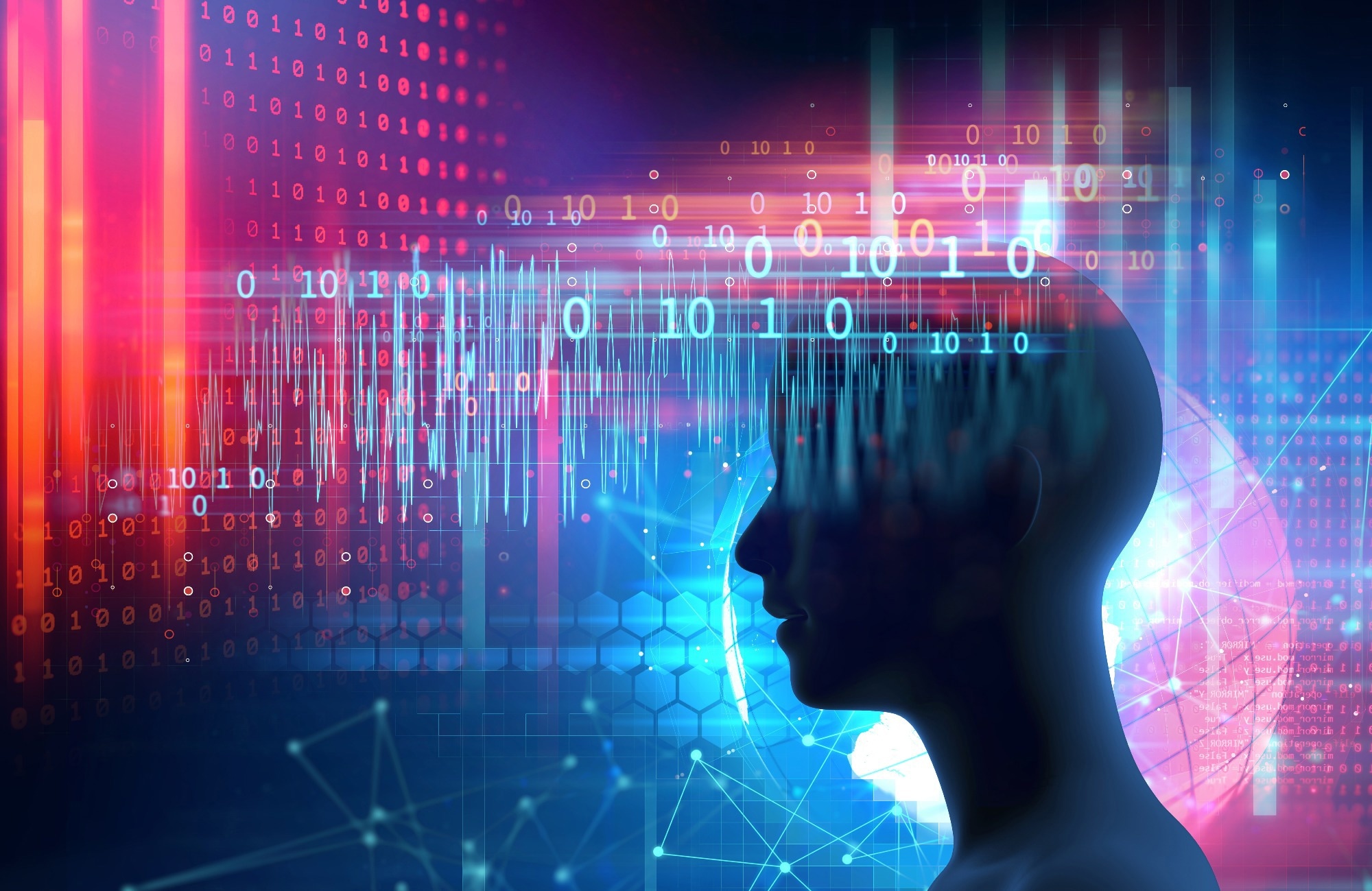In an article recently submitted to the arxiv* server, researchers introduced a novel approach, the function encoder (FE), to address the challenge of achieving zero-shot transfer in reinforcement learning (RL).
 Study: Function Encoder: A Breakthrough for Zero-Shot Transfer in Reinforcement Learning. Image credit: whiteMocca/Shutterstock
Study: Function Encoder: A Breakthrough for Zero-Shot Transfer in Reinforcement Learning. Image credit: whiteMocca/Shutterstock

 *Important notice: arXiv publishes preliminary scientific reports that are not peer-reviewed and, therefore, should not be regarded as definitive, used to guide development decisions, or treated as established information in the field of artificial intelligence research.
*Important notice: arXiv publishes preliminary scientific reports that are not peer-reviewed and, therefore, should not be regarded as definitive, used to guide development decisions, or treated as established information in the field of artificial intelligence research.
By representing a function as a combination of learned, non-linear basis functions, the FE provided a coherent vector representation. This enabled effective transfer of knowledge between related tasks at runtime without additional training. The authors demonstrated superior data efficiency, asymptotic performance, and training stability across three RL domains when integrating the FE with basic RL algorithms.
Background
RL has shown success in solving sequential decision-making problems; however, the challenge arises when dealing with a continuum of related tasks, each with distinct reward and transition functions. Existing RL algorithms struggle to adapt to an infinite variety of tasks. The concept of zero-shot transfer, the ability to solve new tasks without additional training, becomes crucial for applications like autonomous robots operating in diverse environments.
Prior works approached zero-shot RL by either maximizing worst-case performance, computing context representations from data, or incorporating task-specific data into policies using complex architectures like transformers. This paper introduced the FE, a novel representation learning algorithm that seamlessly integrated with any RL algorithm to enable zero-shot transfer in sequential decision-making domains. The FE learned non-linear basis functions, representing tasks in a space of functions.
New tasks were described as a linear combination of these basis functions, allowing the algorithm to identify relationships between tasks. The FE's coefficients for a new task served as a context variable, enhancing policy adaptation. Unlike previous approaches, this algorithm provided a general-purpose solution applicable across domains and guaranteed effective representation transfer to unseen but related tasks.
The experiments across hidden-parameter system identification, multi-agent RL, and multi-task RL showcased the FE's broad applicability, achieving state-of-the-art performance, data efficiency, and stability. The paper's contributions included a versatile representation learning algorithm, demonstrated performance in supervised learning, and the ability to combine learned representations with any RL algorithm for efficient zero-shot RL.
The FE
The FE introduced in this paper addressed the challenge of achieving zero-shot transfer in RL, particularly in scenarios where each episode involved variations in a function affecting the optimal policy. This perturbing function view of RL was applicable in multi-task RL, where reward functions changed, and in hidden-parameter RL, where transition functions varied. The key motivation was to equip RL algorithms with rich information about perturbing functions, crucial for calculating optimal policies. The FE represented perturbing functions by learning non-linear basis functions, providing a unique and efficient representation for each function.
The training process involved approximating coefficients using a dataset, and a novel aspect was the use of Monte Carlo integration for efficient computation. The FE's practicality was in its ability to compute representations quickly, making it suitable for online settings. It also addressed challenges in real-time applications with low-compute embedded systems.
The process of finding basis functions for unknown functions involved initializing approximations using neural networks, computing coefficients, and minimizing a loss function iteratively. The learned basis functions termed the FE, encoded any function into a vector representation, demonstrating linearity in function relationships.
In zero-shot RL, the FE encoded perturbing functions, and the representation was used as an additional input in RL algorithms, enabling adaptive policies based on the current episode's perturbing function. While assuming access to data on perturbing functions, this approach offered a promising solution for achieving zero-shot transfer in RL domains with diverse and changing tasks. Experimental results showcased the broad applicability and effectiveness of the FE in various RL scenarios.
Experiments
The experiments assessed the effectiveness of the proposed FE in various EL scenarios. In a hidden-parameter system identification problem, the FE outperformed baselines (multi-layer perceptron and transformer) by achieving faster convergence and better asymptotic performance, showcasing its efficiency in adapting to changing transition functions.
In multi-agent RL, where adversaries' policies varied, the FE demonstrated superior performance compared to baselines, indicating its ability to distinguish between adversaries and adapt to diverse policies. The study highlighted the limitations of other approaches, such as poor data efficiency and asymptotic performance.
In multi-task RL, the FE was evaluated on a challenging Ms. Pacman environment with a hidden goal location. Results showed that deep Q-network (DQN) + FE, using the FE, achieved better data efficiency and asymptotic performance than other baselines. The study underscored the importance of the quality of the learned representation, as a controlled experiment highlighted its impact on task identification. Furthermore, the cosine similarity analysis revealed that the FE and transformer maintain meaningful relationships between reward functions, facilitating efficient policy transfer for similar tasks.
Conclusion
In conclusion, the FE introduced a general-purpose algorithm, encoding functions through learned basis functions, enabling zero-shot transfer in RL. As a linear operator, FE provided predictable, generalizable representations for tasks, seamlessly integrating with basic RL algorithms. Its stability, data efficiency, and high performance across diverse RL domains demonstrated its superiority over prior approaches. The FE's simplicity and adaptability made it a promising solution for achieving efficient zero-shot transfer in sequential decision-making tasks.

 *Important notice: arXiv publishes preliminary scientific reports that are not peer-reviewed and, therefore, should not be regarded as definitive, used to guide development decisions, or treated as established information in the field of artificial intelligence research.
*Important notice: arXiv publishes preliminary scientific reports that are not peer-reviewed and, therefore, should not be regarded as definitive, used to guide development decisions, or treated as established information in the field of artificial intelligence research.